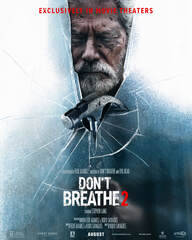
Rodo Sayagues takes over directorial duties, working off a script he co-wrote with Fede Alvarez containing an interesting idea. A father-figure tapping into their buried past of violence is nothing new, especially since Taken was released. When that past was the role of a villain, and that darkness becomes redirected at forces threatening their adoptive daughter, there comes an interesting twist to the formula.
Sadly, this idea feels misguided when shackled to an established property. If audiences hadn’t seen the lead’s villainous past in a previous film, the potential would’ve been there for moral ambiguity as we saw the father shrouded in a mysterious past grow more vicious. Instead, it plays as trying to redeem a murderous rapist, and after previously seeing him wield a turkey baster full of his semen, the last thing audiences want is to see him anywhere near a girl.
This doesn’t deter the filmmakers, as they use his scenes with Phoenix to try and tug on the heartstrings in a blatant attempt to get audiences on The Blind Man’s side. Paired with how the antagonists’ villainy grows to cartoonish proportions, it feels like desperate ways to justify this films existence. Any interesting ideas feel diluted by forcible attachment to the first film, making this feel more in common with Hellraiser 5 through 8.
Credit where it’s due, the tension is replicated in one scene where Phoenix evades intruders, and the gory kills are worth one’s time. It’s just a shame how sporadic those elements are, with bizarrely grainy shots and frustrating character decisions being more frequent. When the contrived ending brings to mind the laughable way Star Wars: The Rise of Skywalker ended, it’s clear the wrong lessons were taken in approaching this sequel.
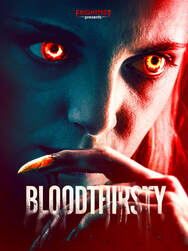


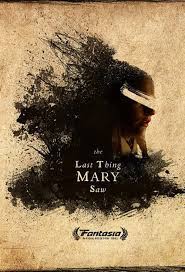
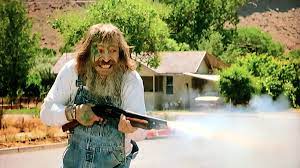

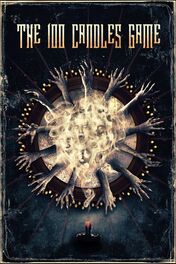
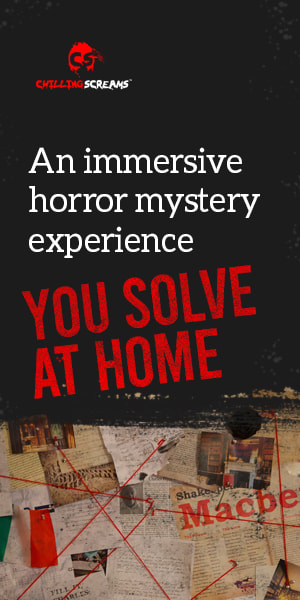
 RSS Feed
RSS Feed
